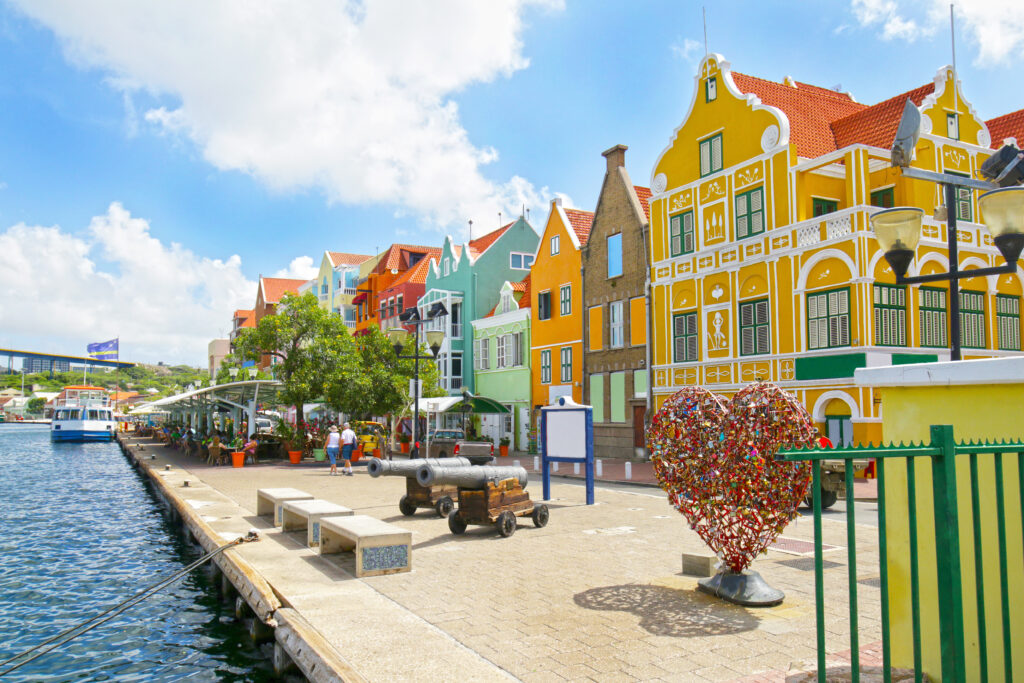
When it comes to travel, dupe destinations are the new trend to keep an eye on. The concept is simple: they offer more confidential, authentic, less expensive and more ecological alternatives to the destinations most affected by mass tourism. According to Expedia, dupe destinations are even the big trend to watch in 2024. Here are our favorites!
1. The rocks of Kerlouan instead of the beaches of the Seychelles
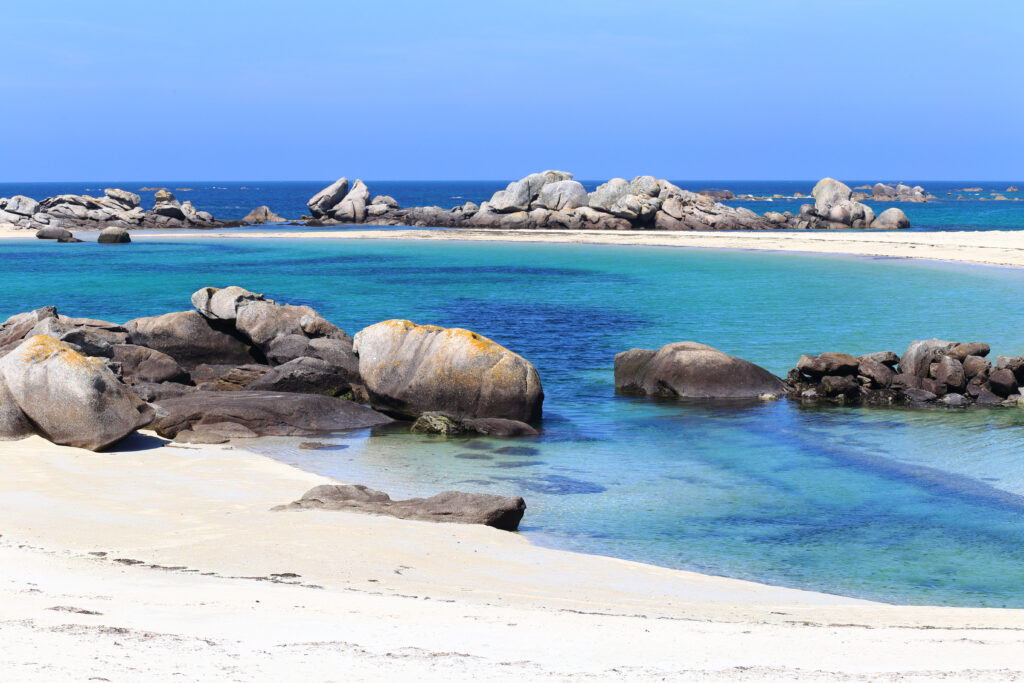
Why spend 10 hours on a plane to the Seychelles, when the rocks of Kerlouan in Brittany are a dupe of this travel destination? The similarities are striking: large rocks licked by crystal-clear waves and white sand. This beach in northern Finistère, part of the Côte des Légendes, offers landscapes that could be mistaken for those of the archipelago. But no, the rocks are made of granite, typical of Brittany! The waves have given them strange shapes, so much so that Bretons and holidaymakers alike love to try and guess what these natural sculptures represent. There are many other beaches in the area, all with fine sand, where you can sunbathe in Seychelles style, without leaving France.
2. The Sioule river in the Puy-de-Dôme, an Amazonian air
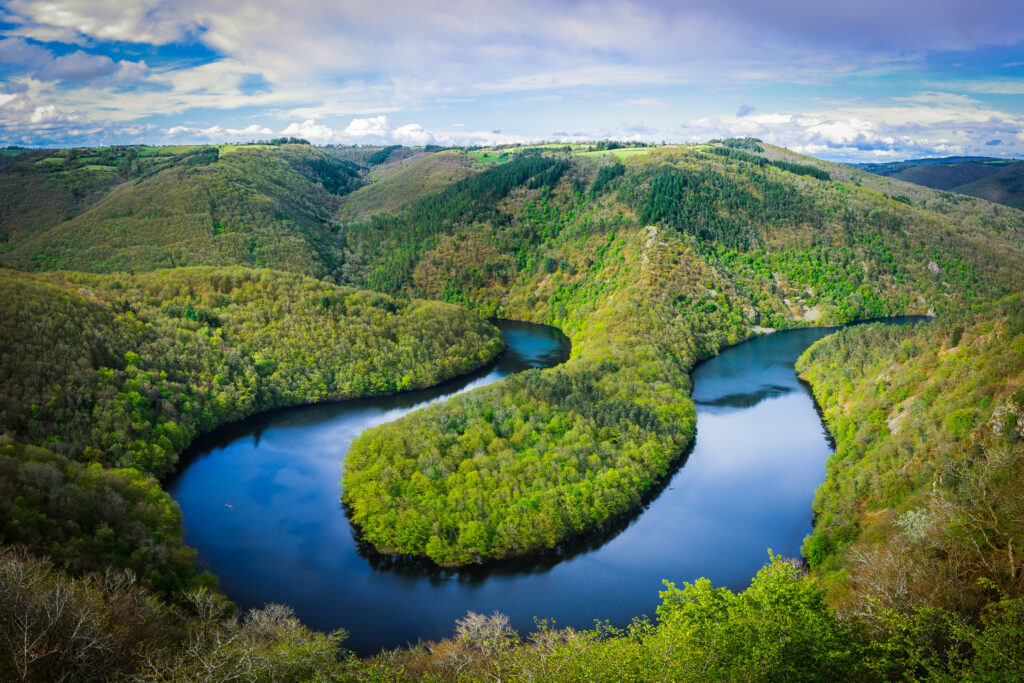
If we weren't sure it was in the Auvergne, we'd be wary of alligators, so much so does the Sioule River resemble the Amazon. But no, all the fishermen, who are very present on the banks, catch are pike and perch. This 150 km-long river rises in the Parc des Volcans d'Auvergne, before flowing into the Allier. Particularly wild, it offers grandiose landscapes and even gorges. The Sioule river is ideal for outdoor activities such as mountain biking, canoeing, kayaking, horse riding and hiking, making it a perfect ecological destination. In addition, the wide-open spaces of the Auvergne await sports enthusiasts of all kinds, who can try their hand at the GR30, the great hike around the lakes of the Auvergne.
3. The Tufs waterfall (Jura), compared to the waterfalls of Thailand
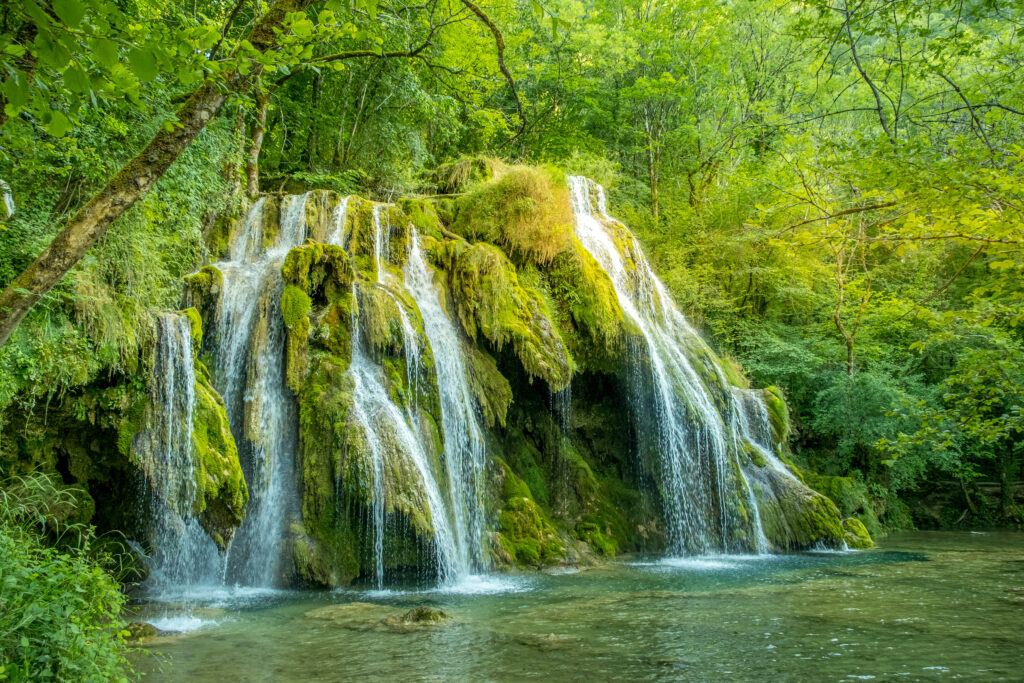
If we mention mossy waterfalls tumbling through thick forest, you immediately think of Thailand? No, we were describing the Tufs du Jura waterfall! Close to the charming village of Arbois, famous for its yellow wine vineyards, this waterfall is fed by the Cuisance river. This very sensitive natural environment is highly protected, so much so that parking too close, bivouacking or swimming are forbidden, among other regulations to preserve this environment. Not far away, other Jura natural and historical sites await visitors, including the world-renowned Château-Chalon vineyards, Lons-le-Saunier, the capital of the Jura, and the Salins-les-Bains saltworks.
4. Liverpool instead of London
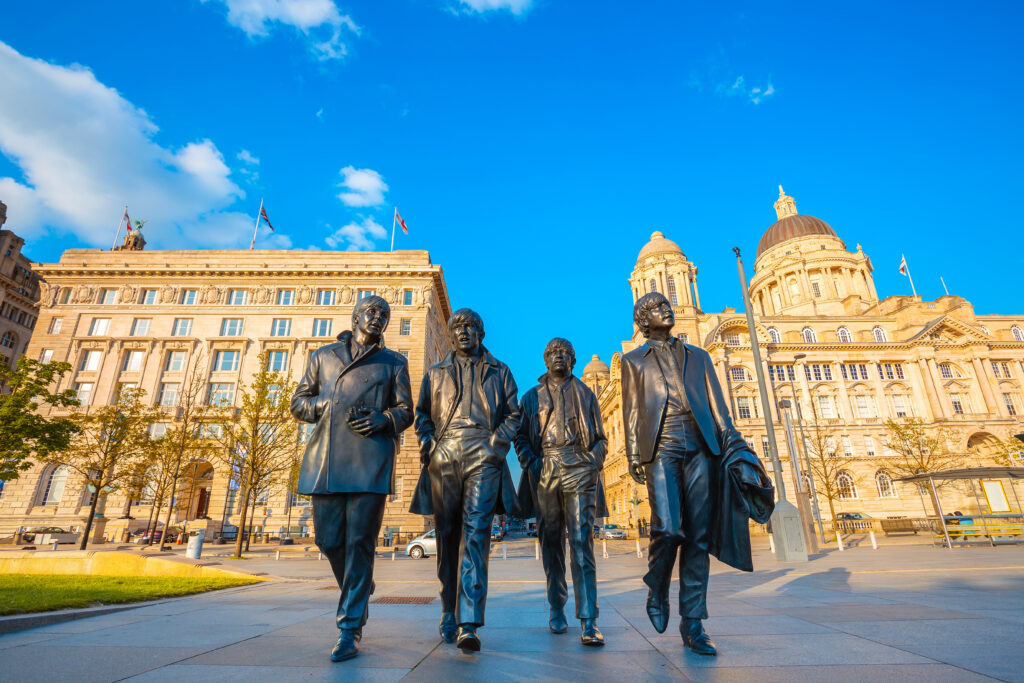
No fewer than 20 million tourists visit London every year. Liverpool, on the other hand, is still untouched by mass tourism. And yet, more and more visitors are choosing Liverpool as a dupe travel destination. With its rich English culture, docks, pubs, museums and Beatles legacy, Liverpool doesn't disappoint. For over 200 years, Liverpool's major port has been England's hub, and the city has developed a rich architectural heritage thanks to this economy. Today, Liverpool's charming, historic streets are a magnet for visitors, not to mention soccer fans!
5. Taipei rather than Seoul
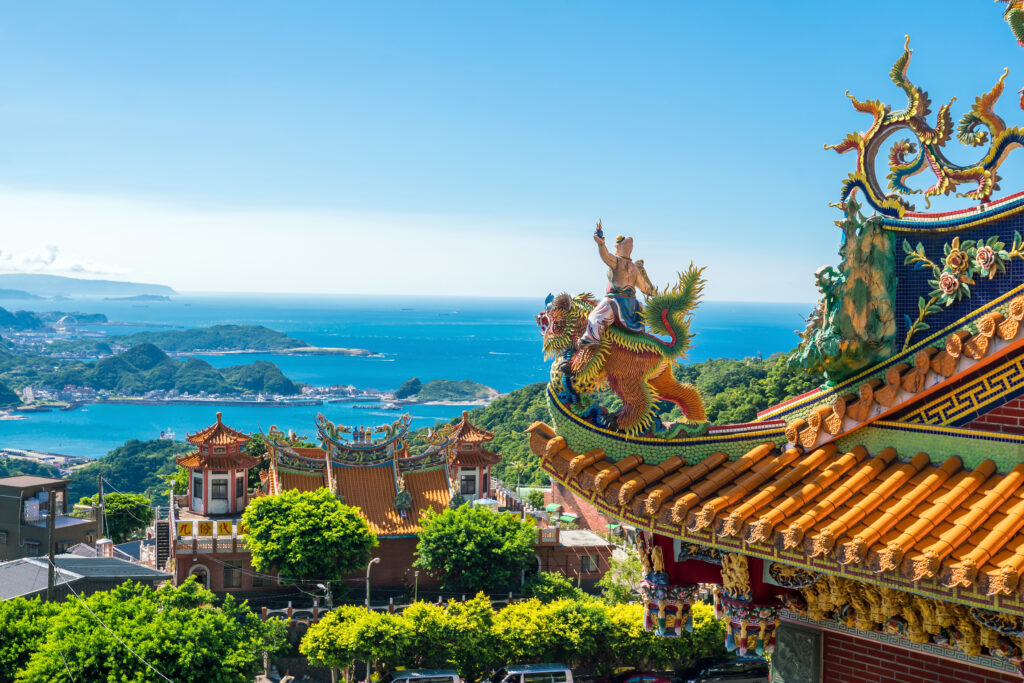
Taipei, the capital of Taiwan, is increasingly gaining in popularity, at the expense of Seoul, for which it is a dupe travel destination. The city is famous for its Lantern Festival, when thousands of traditional and modern lanterns adorn the streets and soar into the sky. Other highlights include Taipei 101, the city's tallest tower!
6. Curaçao, "dupe" of Saint-Martin in the West Indies
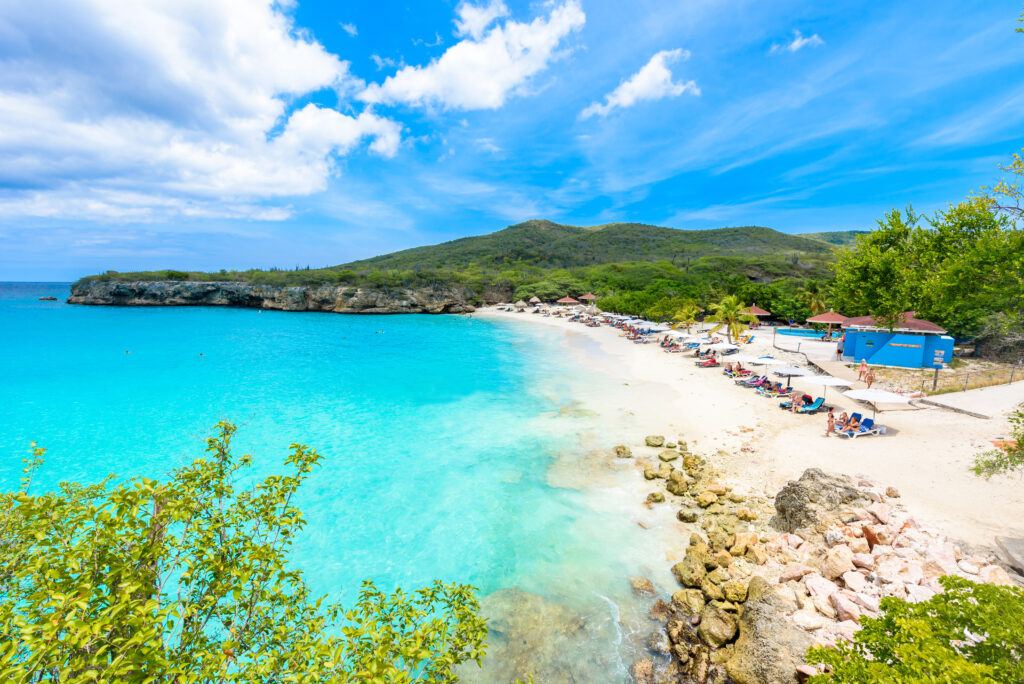
With its sandy beaches, coconut palms and unspoilt landscapes, Curaçao in the Caribbean is attracting new visitors to Saint-Martin. This island in the Dutch Antilles has preserved its European-style architecture, which is particularly striking in this region. This is particularly evident in Willemstad, the island's capital, which has an air of the Netherlands, but in a heavenly version. Curaçao is also an excellent spot for scuba diving and hiking, making it an ideal green tourism destination. But it's above all for its beaches, among the most beautiful in the world, that the archipelago has the wind in its sails, particularly Kenepa beach, PortoMari beach and Mambo beach.
7. Krakow, Bergen and Istria instead of Dalmatia
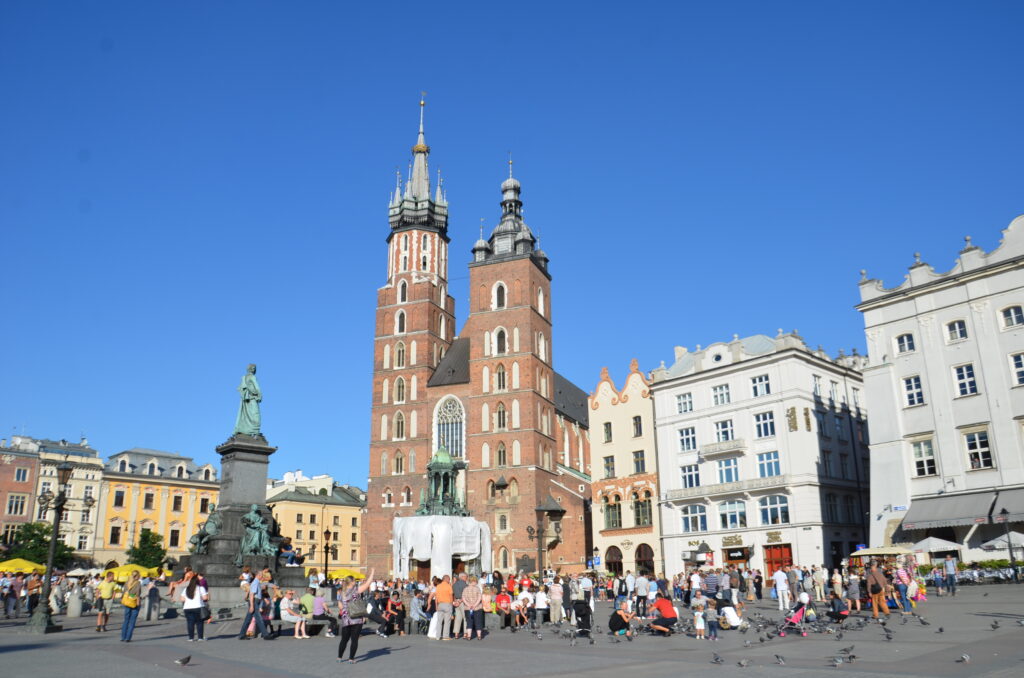
In Croatia, Dalmatia - and Split in particular - is a victim of its own success. In summer, huge numbers of people flock here to admire the Roman remains and experience the culture of the Adriatic. Fortunately, there are cities in Europe that are accessible without taking a plane, making them perfect destinations for a fool's errand. Krakow, Bergen and Istria in particular are gaining in popularity, without ever falling into the traps of mass tourism. Istria, in both its Slovenian and Croatian parts, is an authentic rural destination close to the sea. In season, you can even enjoy its speciality: truffles! Krakow, Poland's second-largest city, boasts a UNESCO World Heritage site. Last but not least, Bergen, in Norway, is the perfect place to enjoy the fjords in complete tranquillity.
8. Galway in Ireland rather than Copenhagen
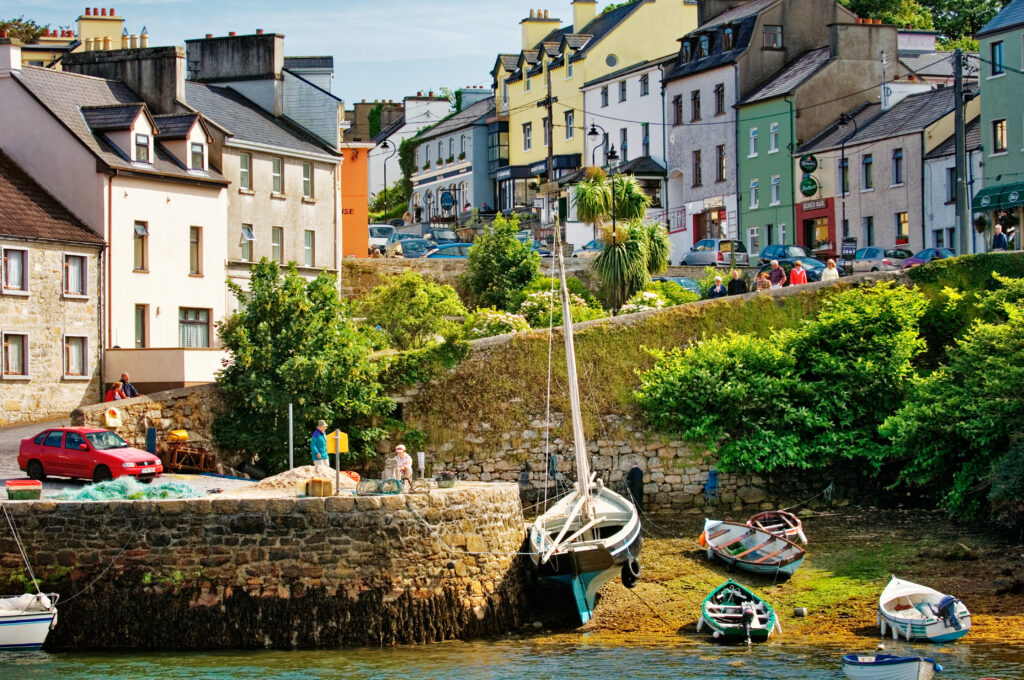
Galway is a superb port city in the west of Ireland. With its colorful quayside houses, you can't help but think of Copenhagen. But Galway has something else in common with Denmark's capital: a bohemian, artistic atmosphere. Galway has been classified as a film city by Unesco, and organizes numerous festivals that attract curious visitors from Ireland and abroad, such as the Galway Art Festival and the Galway Film Festival. The region also boasts superb green landscapes, making it a great destination for responsible tourism.
9. Ljubljana in Slovenia rather than Cortina d'Ampezzo in the Dolomites
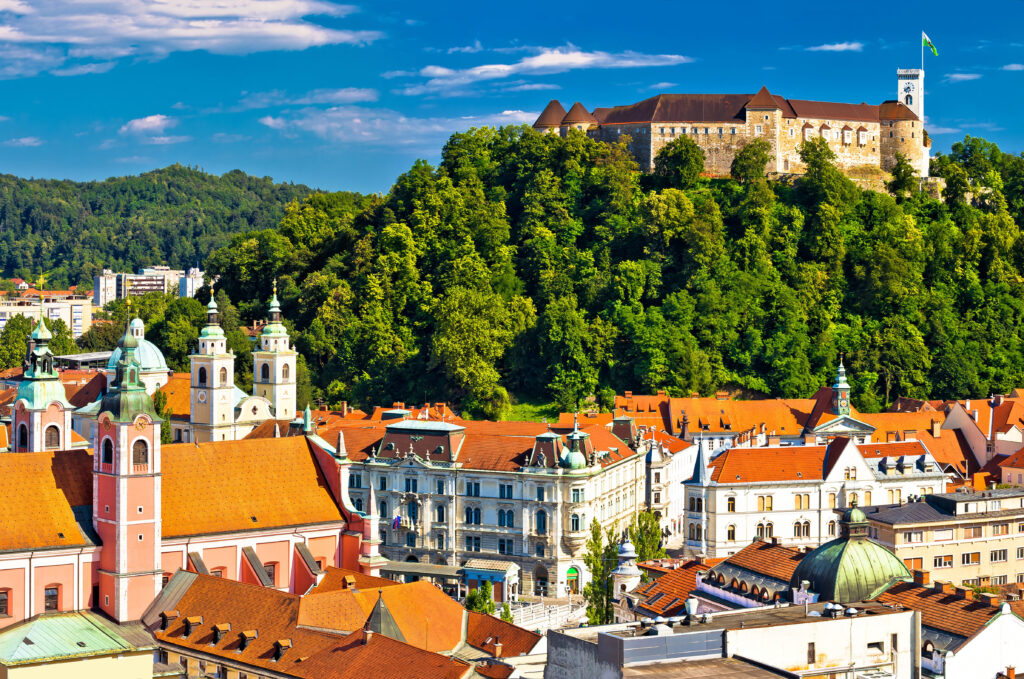
Slovenia's capital lies at the edge of the Alps, in the Julian Alps region. Natural, tranquil and ecological, it offers a superb alternative for those wishing to visit the Dolomites. Ljubljana was elected European Green Capital in 2016, a prestigious award for its environmental initiatives. For example, it is committed to integrating nature into the heart of the city, as demonstrated by Tivoli Park, one of the world's largest urban parks, even bigger than New York's Central Park! Another example of this blend of rural and urban life is Ljubljana, the only capital city in the world to offer stand-up paddleboarding on its river. The city also organizes numerous summer events, many of them highly original: markets, an open-air film festival in the castle grounds, self-service libraries in the parks, a classical music festival, and even a volleyball match held on a floating court on the river!


